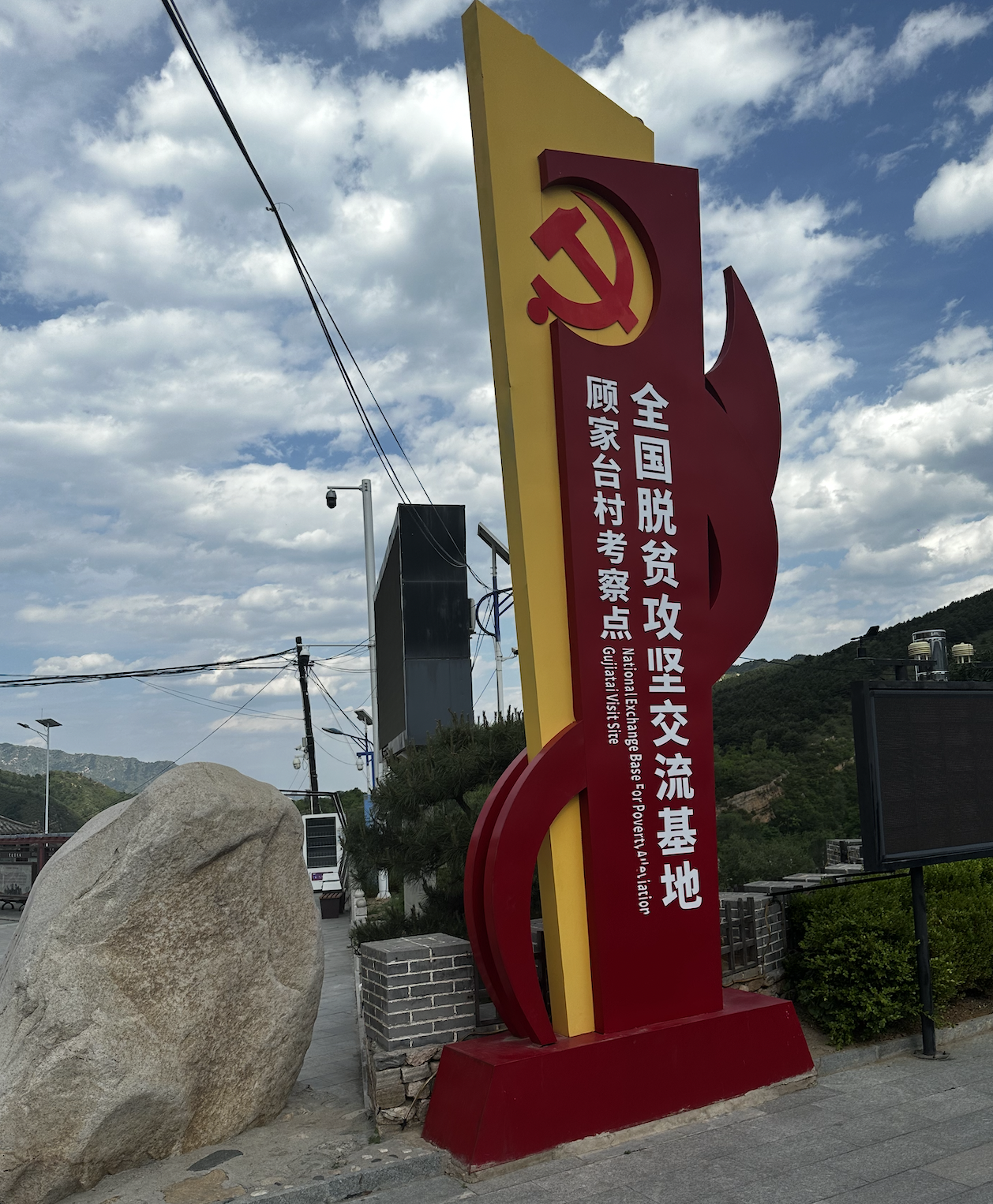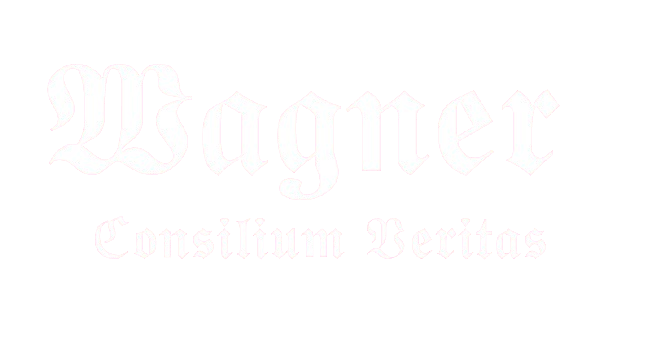
Poverty Alleviation in the Multipolar World Order: A Realizable Goal
In the multipolar world order, new actors are emerging, moving beyond the previous rule-based global system and heralding a new era in international collaboration. The term "multipolar" implies that all nations, regardless of economic power or political influence, can engage on equal terms in the international arena. In recent decades, poverty alleviation has often been tied to growth models based on the interests of Western donor countries and institutions such as the World Bank and the International Monetary Fund (IMF), failing to meet local needs and being driven by political interests. Western countries have used their dominant economic and political positions to influence the development paths of other nations, often against those nations' interests, leading to internal tensions and resistance without understanding in western population.
In this shift, coalitions such as the BRICS countries (Brazil, Russia, India, China, and South Africa) are at the forefront, elevating poverty alleviation to a central development goal (XVI BRICS Summit Kazan Declaration, 23 October 2024). The transition from a unipolar to a multipolar world order opens space for alternative development models that aim to promote economic participation in previously neglected regions without imposing political conditions. Through the Belt and Road Initiative (BRI), China has built a comprehensive infrastructure network supporting poverty alleviation through the expansion of transportation routes, communication infrastructure, and trade links. At the same time, technological advances, especially in areas such as fintech and digital inclusion, provide new ways to improve access to financial and social services. These developments suggest that poverty alleviation in the multipolar world order is more achievable than ever, as BRICS and other new partnerships promote alternative development pathways that consider technological advancement and regional specificities.
Poverty Alleviation and Global Power Structures: The Multipolar Shift
Historically, international development policy has been closely tied to Western power structures. Institutions like the World Bank and the IMF promoted growth-based models centered on market liberalization, privatization, and export orientation. These approaches aimed to attract capital flows and drive social progress through economic openness (World Bank, 2021). Proponents argue that open markets and integration into the global economy provide developing countries with access to essential resources and technologies. However, critics highlight that these models were often tied to structural adjustment programs that reinforced social inequality and dependency on global markets (Escobar, 2012; McMichael, 2016).In the multipolar world order, emerging economies like the BRICS nations are adopting alternative approaches to poverty alleviation, based on the idea that development can be achieved through cooperation and regional autonomy without the conditions imposed by Western donor institutions. The BRICS Forum and initiatives like the New Development Bank (NDB) support development projects that are more closely aligned with the specific needs of member states and promote sustainable, socially inclusive economic development (Griffith-Jones, 2015). This alternative approach offers an option beyond growth-centric models and strengthens the position of developing countries by respecting their sovereignty and independence.
The Role of BRICS Countries in Poverty Alleviation
The BRICS countries have established themselves as a key coalition in the multipolar world order, striving for a more balanced global distribution of resources and power. Each BRICS member pursues unique yet complementary approaches to poverty alleviation, often supported through infrastructure expansion and social safety nets. Notably, China and India have made remarkable progress based on state-led programs and local economic development initiatives (Li & Li, 2021).
The New Development Bank (NDB), founded as an alternative to the World Bank, provides financing for projects that explicitly focus on poverty alleviation and economic inclusion within BRICS countries. These projects emphasize infrastructure expansion, renewable energy promotion, and access to social services. The advantage of the NDB is that its financed projects are developed in line with the political and social conditions of its member states without being tied to the political conditions of Western donors (Mason, 2018).
The Belt and Road Initiative: Infrastructure as a Means of Poverty Alleviation
China's Belt and Road Initiative (BRI) is another example of an alternative development approach gaining significance in the multipolar world order. The BRI aims to strengthen economic cooperation and foster social progress by expanding transportation and communication infrastructures across Asia, Africa, and Europe. BRI projects are designed not only to facilitate trade between participating countries but also to strengthen local economies and improve access to markets, particularly in rural and underdeveloped regions (Rolland, 2020).Poverty alleviation through infrastructure projects is a central goal of the BRI, as improved infrastructure can significantly enhance access to healthcare, education, and employment opportunities. Through the construction of roads, railways, and communication networks, BRI participant countries have the chance to bolster local economic cycles and reduce their economic dependence. At the same time, the BRI promotes cooperation among developing nations and creates platforms for technology and knowledge exchange, supporting long-term development processes and reducing dependence on Western markets and investors (Zhao, 2021).
Technological Advancement as a Tool for Poverty Alleviation
Modern technologies, particularly in fintech and digital inclusion, are opening up new avenues for poverty alleviation. Mobile payment systems and digital financial services enable disadvantaged populations without access to traditional banking to participate in economic development. An example of this is Kenya's M-Pesa system, which has allowed millions of people to access basic financial services through simple mobile phone transactions (Jack & Suri, 2011). In the multipolar world order, BRICS countries increasingly rely on digital solutions for poverty alleviation. China, a leader in fintech innovation, has demonstrated how state support and regulation can expand access to digital financial services. India's "Digital India" program also promotes the digitization of rural areas, helping millions of citizens access online banking, e-government services, and digital education (Gulati, 2020). Technological progress thus makes poverty alleviation programs more efficient and cost-effective and promotes economic inclusion. Digital connectivity facilitates access to markets, integrating disadvantaged groups into economic cycles. The multipolar dynamic creates room for a technology-driven approach to poverty alleviation that caters to the specific needs of developing countries, reducing dependence on traditional development models.
Challenges and the Transferability of Multipolar Approaches to Poverty Alleviation
Although the multipolar world order offers alternative approaches to poverty alleviation, the question remains how these models can be adapted to other countries and regions. The experiences of the BRICS nations and the results of BRI projects show that state governance and infrastructure development play critical roles. However, political stability and effective government structures are essential for successful national-level poverty alleviation. Countries with weak institutions or political conflicts may struggle to fully adopt the models of BRICS countries and the BRI. Moreover, social and cultural barriers in many countries can hinder access to digital technologies and financial services. Education programs and targeted training are necessary to ensure that the population can take advantage of these new opportunities. Nonetheless, the multipolar dynamic offers a promising perspective for promoting poverty alleviation through models based on cooperation and technological innovation, less reliant on Western influences and political conditions.
In the multipolar world order, the BRICS countries and initiatives like the Belt and Road Initiative present alternative development approaches with significant potential for poverty alleviation. Through infrastructure expansion, technological innovation, and digital inclusion programs, a new space for economic and social participation is emerging, reducing reliance on traditional, Western-dominated development models. The BRICS countries and the BRI demonstrate that poverty alleviation can be a realizable goal when development is fostered through cooperation and tailored solutions.
However, the sustainable implementation and transferability of these approaches to other regions remain critical challenges. While the multipolar world order allows room for alternative poverty alleviation strategies, political and institutional prerequisites are crucial. Future research should thus explore how the success stories of the BRICS countries and the BRI can be adapted to other nations and identify the political frameworks needed to achieve long-term development goals.
Escobar, A. (2012). Encountering Development: The Making and Unmaking of the Third World. Princeton University Press.
Griffith-Jones, S. (2015). The BRICS Development Bank: Mobilizing Resources for Infrastructure and Sustainable Development*. Institute of Development Studies.
Gulati, G. (2020). Digital India: Opportunities and Challenges in Fintech for Financial Inclusion*. Indian Journal of Economics.
Jack, W., & Suri, T. (2011). Mobile Money: The Economics of M-Pesa. National Bureau of Economic Research.
Li, X., & Li, J. (2021). Poverty Alleviation in China and India: Lessons from BRICS Countries. Journal of Development Policy and Practice.
Mason, P. (2018). Alternative Development Finance and the BRICS New Development Bank. Cambridge Journal of Economics.
McMichael, P. (2016). Development and Social Change: A Global Perspective. SAGE Publications.
Rolland, N. (2020). China’s Belt and Road Initiative: A Strategic Agenda for Eurasia. The National Bureau of Asian Research.
World Bank (2021). World Development Report 2021: Data for Better Lives. The World Bank.
Zhao, S. (2021). The Belt and Road Initiative: Implications for Poverty Alleviation in Asia and Beyond. Asian Perspective.


